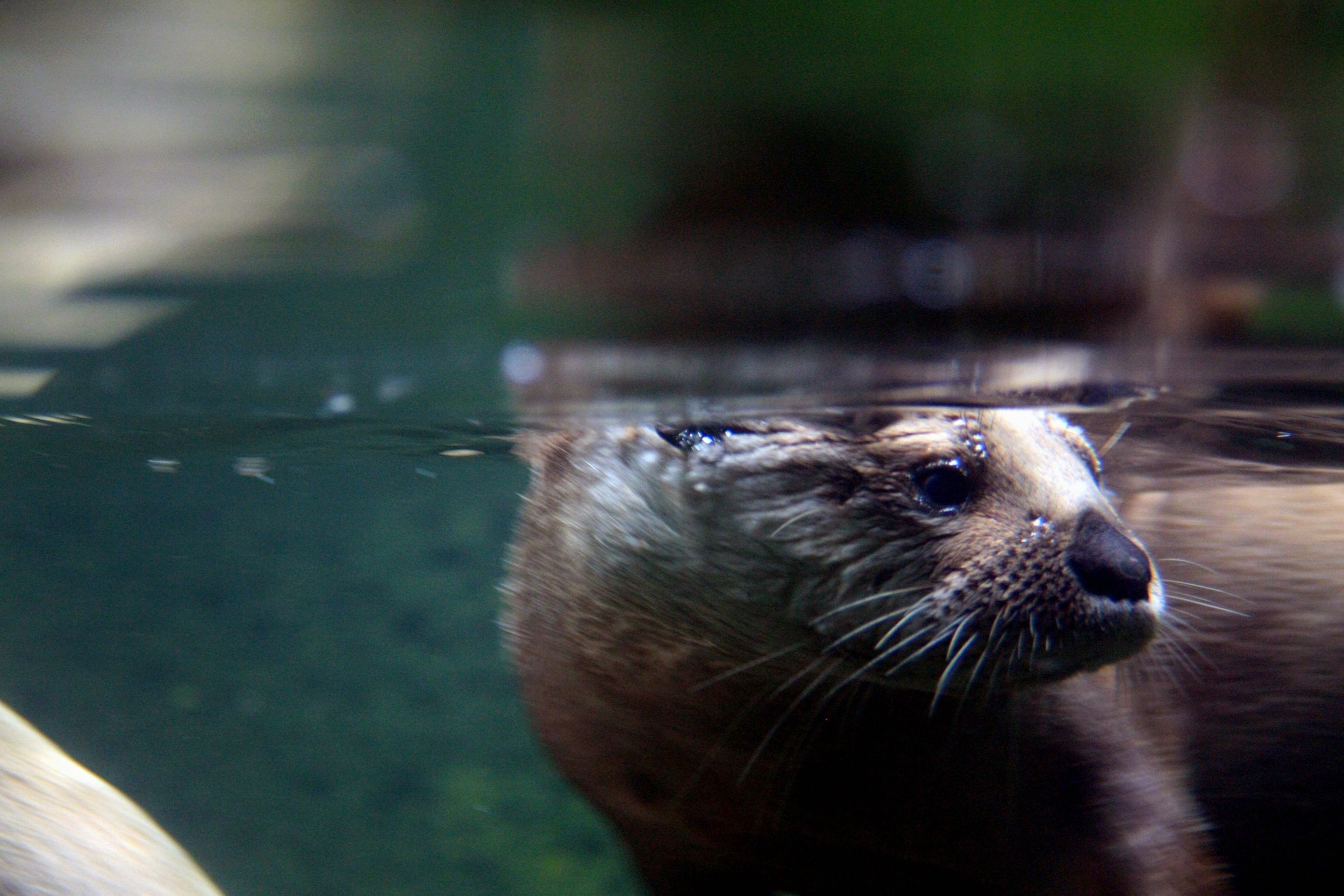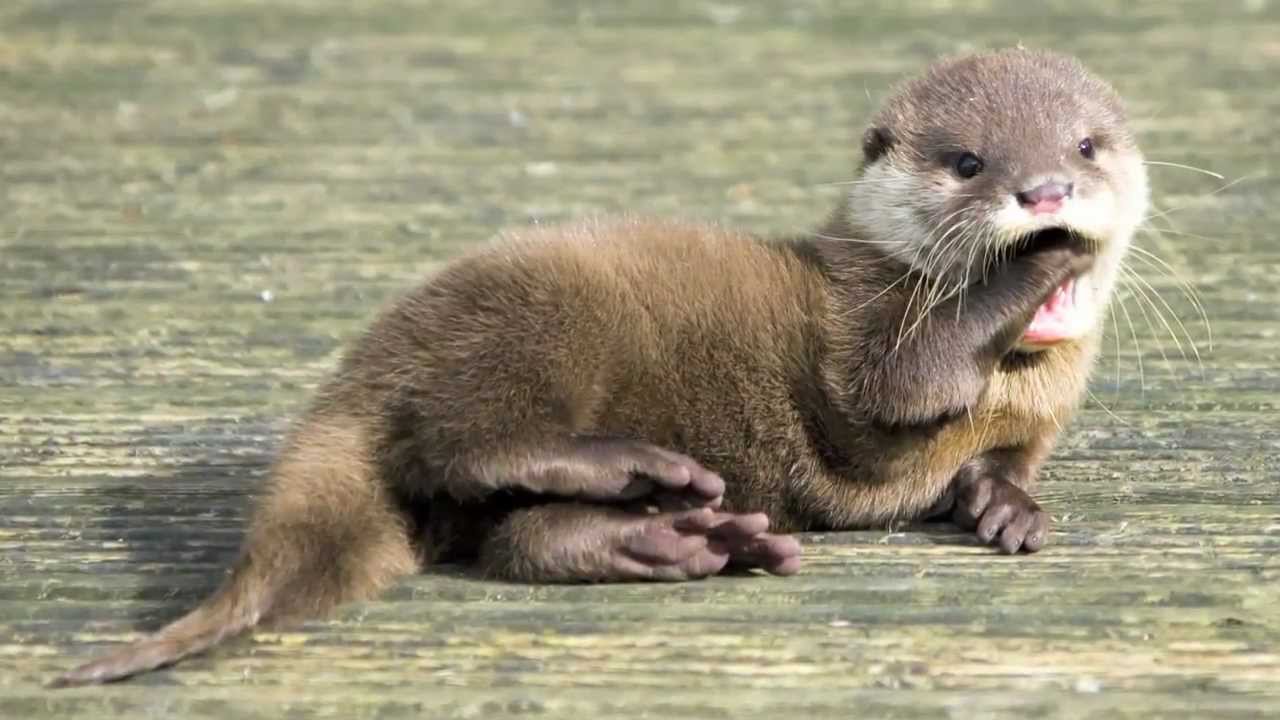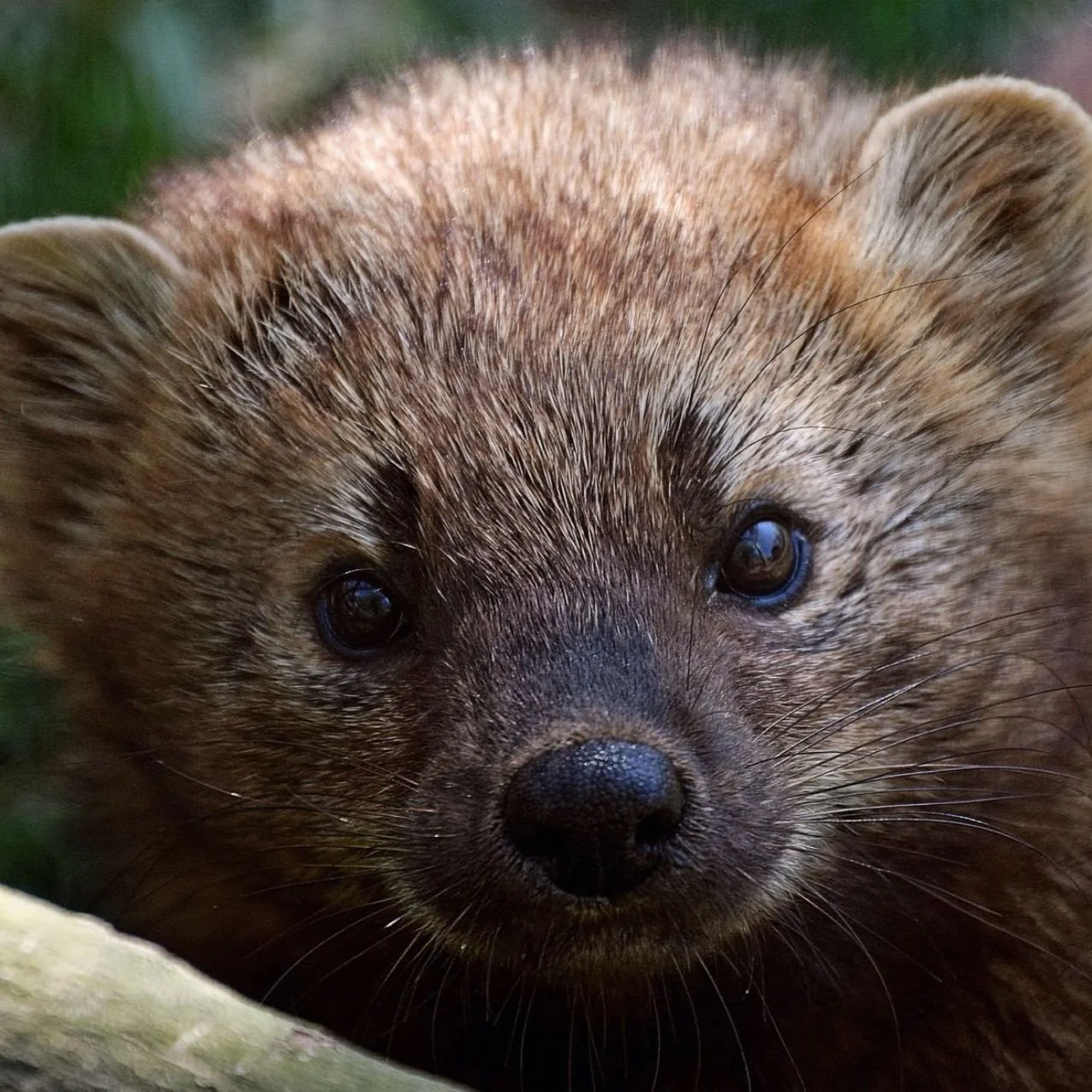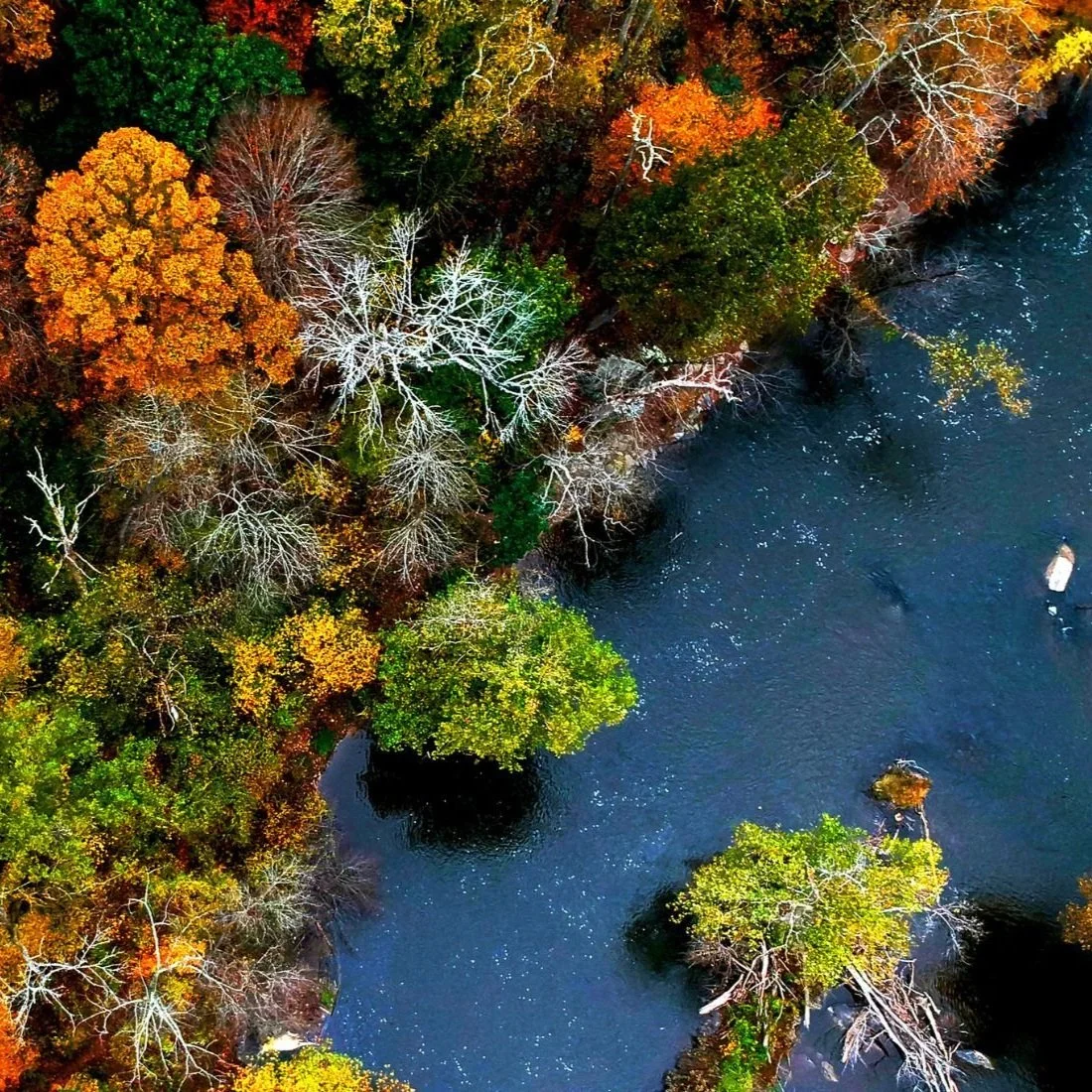4 Facts You *OTTER* Know About Potomac River Otters
/Warning: Distraction alert. This post contains adorable pictures of otters.
Photo courtesy of GollyGForce/Flickr.
If you were to rank the world’s cutest animals, these guys would definitely make the list. Whether they’re holding hands when sleeping, roughhousing, or making funny faces, it’s hard to not love otters.
We’re lucky to count otters among the Potomac’s native animals. Their presence in local streams and rivers is indicative of a healthy habitat, an abundance of food (including fish), and clean water. The Potomac Conservancy’s efforts to protect upstream forests and local volunteers’ work to fight pollution and restore riverbanks help otters and other local critters thrive.
Otters can be found throughout the region, but are tricky to spot. If you’re looking for tips on how to view them in the wild and trivia to take your river knowledge to the next level, read on.
1. Worldwide, otter populations are declining, but locally we’re bucking the trend
A river otter in NEwport News, VA. Photo COurtesy of the Chesapeake Bay Program.
If you spot an otter locally, it’s a North American river otter (Lontra canadensis), one of 13 species of otters around the world. Unfortunately, 12 of those 13 species of otters are declining in population, and five are considered endangered. The North American river otter is the only otter species not facing population decline on a large scale.
In fact, some areas in the Chesapeake Bay region are actually seeing increases in their otter populations thanks to conservation and reintroduction programs. Hunting and trapping nearly eradicated river otters in the mid-western and eastern United States in the 19th and 20th centuries, but better wildlife management practices are changing that.
2. River otters aren’t born swimmers
Otter pups aren’t born with swimming skills, they learn from their mothers.
River otters are incredible swimmers. They can dive up to 60 feet and stay underwater for as long as four minutes. But they aren’t born with those skills. In fact, baby river otters, or pups, can’t swim at all. They’re buoyant, so they don’t drown in the water, but they have to learn to swim from their moms, just like us!
3. Otters are actually shy, but there are ways to tell they’re near
A North American River Otter in WInter. Photo Courtesy of Jon Nelson.
You wouldn’t know it from the abundance of adorable gifs, but otters are actually quite shy. And subsequently hard to spot. To tell if you’re near a place that’s home to otters, keep an eye out for otter scat, tracks, and slides.
Otters create latrines for themselves, so if you see a lot of otter scat- you’re likely near their home. Otter scat is distinctive because of their diet. They eat plenty of fish and other water critters, such as crayfish, so you’ll spot bones, scales, and shells.
As aquatic animals, otters have webbed feet, which is somewhat visible in their tracks. They have five digits and their paw print is about the size as the bottom of a soda can.
You may also come across an otter slide, a portion of river bank that’s been packed down to allow otters to slip into the water. River otter slides are usually about six inches wide and two-to-three feet long.
4. Otters are most active at night
A family of river otters at night. Photo Courtesy of Tim Brown.
Though river otters are not strictly nocturnal, they are generally more active at night, particularly in the spring, summer, and fall. If you are trying to spot otters while out on a hike around the Potomac, your best chance is at sunrise or sunset. Unlike sea otters -- the ones that hold hands when sleeping -- river otters sleep on land, both above ground and in underground dens. They aren’t too picky about their sleeping situation, and researchers have found individual otters often have a number of different resting places. They’re also known to take over the dens of other animals, including foxes, badgers and rabbits, that they find near river banks.
Dinner time. Photo COurtesy of Canopic/Flickr.
Showing Off Webbed Feet. Photo Courtesy of the NEw England Zoo.
Want to do your part to make the Potomac otter-friendly?
Sign up to be a monthly donor today!
Just $7 a month can increase our ability to advocate for clean water policies.
Keep our River clean for OTTER pups! Photo: FSU Marine Lab.
P.S. Fun fact for the superstar readers that make it to the bottom: Did you know giant otters are a thing? They can be nearly six feet long! (You won’t spot them in the Potomac though).






















